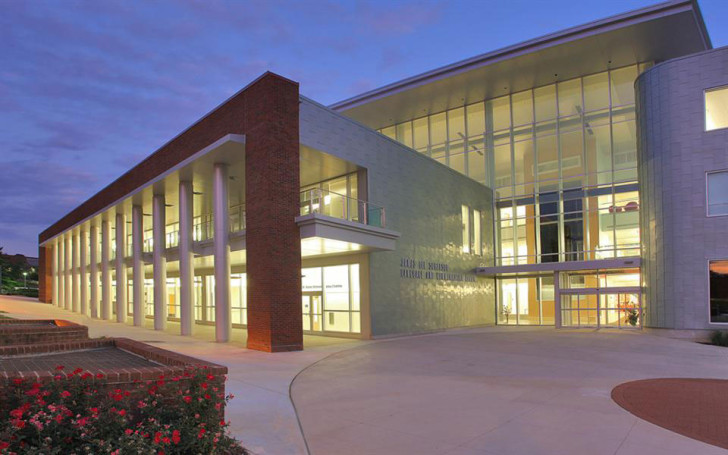The acoustics of a building are a big concern for architects. But for designers at Gallaudet University in Washington, DC, it’s the absence of sound that defines the approach to architecture.
Gallaudet is a university dedicated to educating the deaf and hard of hearing, and since 2005, they’ve re-thought principles of architecture with one question at the forefront — how do deaf people communicate in space?
Unlike hearing people, the deaf have to keep sightlines in order to maintain conversations. So when deaf people walk and talk, they’ll lock into a kind of dance. Going through a doorway, one person will spin in place and walk backward to keep talking. Walking past a column, two deaf people in conversation will move in tandem to avoid collision.
Spaces designed for the hearing can also give the deaf a great deal of anxiety – when you can’t hear footsteps from around the corner or behind you, you can’t anticipate who or what is around you.
Robert Sirvage is a deaf designer, researcher, and instructor at Gallaudet, and in collaboration with Hansel Bauman — who is not deaf – and a group of staff, students and architects, they’ve developed a project called DeafSpace. Reporter Tom Dreisbach took a tour through the new building at Gallaudet that is incorporating the innovations of DeafSpace to create an environment more pleasing to everyone, both hearing and deaf.




Comments (5)
Share
Hey Roman! What’s the song used at the end of this episode? Thanks!
Wow, very interesting!
Just listened to this great show, a few years after its creation. So interesting! It reminded me of the Center of the Blind in Mexico designed by Mauricio Rocha. An entire school built with a lot of little details to make life for blind people easier.
Here is a link to their archdaily.com article:
http://www.archdaily.com/158301/center-for-the-blind-and-visually-impaired-taller-de-arquitectura-mauricio-rocha/
Very interesting and eye opening. Is there a way to get a transcript of the broadcast?
Thanks!
oops! found it!
great that you include transcripts!